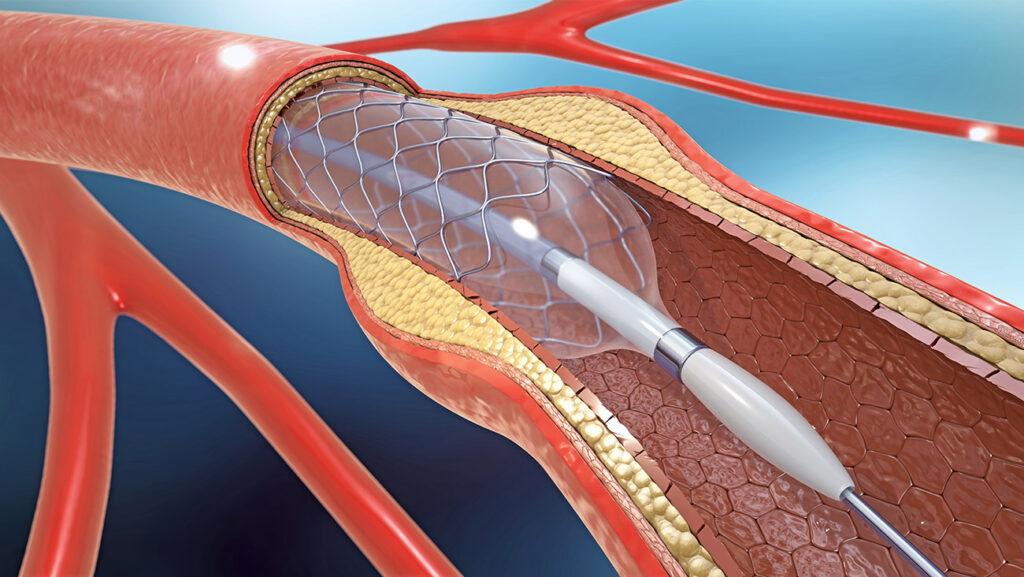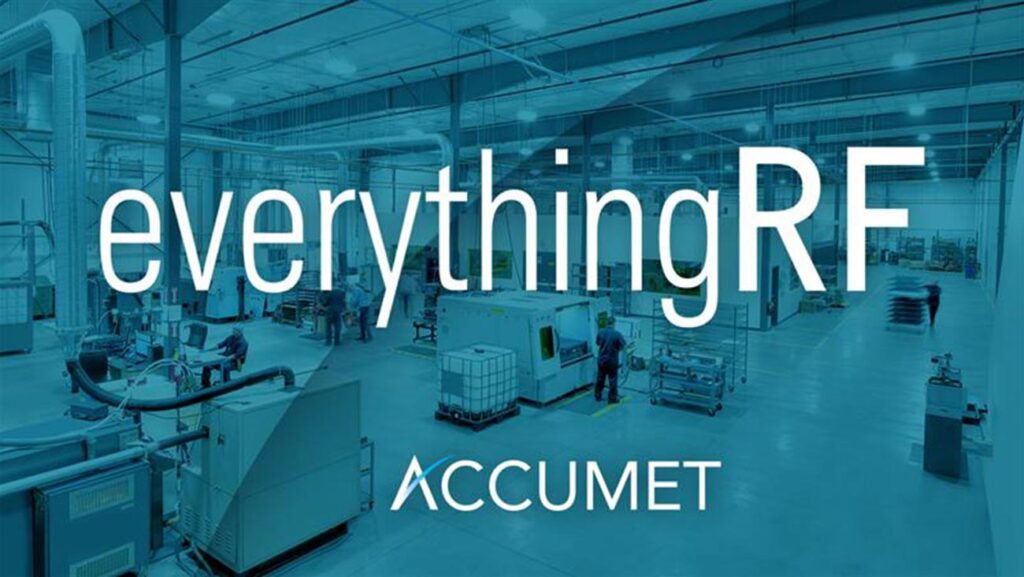The Role of Laser Processing in Medical Device Manufacturing
Posted on September 4, 2025 in Blogs

The medical device industry demands the highest levels of precision, cleanliness, and quality in every stage of production. From surgical instruments to implantable devices, there is no margin for error. Laser processing has become a crucial technology in medical device manufacturing, enabling the creation of intricate, reliable components that meet strict regulatory and performance standards.
What Is Laser Processing?
Laser processing uses a highly focused beam of light to cut, weld, drill, or mark materials. Unlike traditional mechanical or chemical methods, laser processing offers unmatched precision, minimal thermal distortion, and the ability to work with delicate materials without physical contact.
In medical device manufacturing, lasers are used extensively due to their ability to produce intricate features, maintain bio-compatibility, and support traceability requirements.
Key Laser Processing Techniques in Medical Devices
- Laser Cutting
Enables the precise cutting of metals and polymers used in medical devices, such as stents, catheters, and surgical tools, without causing burrs or mechanical stress. - Laser Welding
Joins delicate components with minimal heat input, reducing the risk of distortion or material degradation. Commonly used for titanium and stainless-steel assemblies. - Laser Drilling
Creates micro-holes or channels in components for drug delivery systems, fluid control, or minimally invasive devices. - Laser Marking and Engraving
Provides permanent, high-contrast identification codes for device traceability and compliance with regulations like the FDA’s UDI (Unique Device Identification) requirements.
Benefits of Laser Processing for Medical Devices
- High Precision: Critical for small-scale, intricate components where accuracy impacts performance and safety.
- Non-Contact Processing: Eliminates mechanical stress on fragile materials.
- Minimal Thermal Impact: Reduces heat-affected zones and preserves material integrity.
- Clean, Burr-Free Edges: Essential for preventing contamination and ensuring biocompatibility.
- Traceability and Compliance: Permanent markings that withstand sterilization and usage environments.
Applications in Medical Device Manufacturing
- Cardiovascular Devices: Stents, guide wires, and catheters with precise patterns for optimal performance.
- Orthopedic Implants: Laser-welded joints for secure, long-lasting assemblies.
- Surgical Instruments: Sharp, clean cuts on scalpels, forceps, and other tools.
- Drug Delivery Systems: Micro-holes for controlled fluid flow in advanced medical treatments.
Why Leading Manufacturers Choose Laser Processing
Laser processing enables medical device manufacturers to push boundaries in innovation while ensuring consistent quality and meeting stringent regulatory requirements. The ability to cut, weld, drill, and mark with micro-scale precision gives engineers greater design freedom and flexibility in manufacturing.
At Accumet, we partner with medical device innovators to provide state-of-the-art laser processing services tailored to their unique needs. Our expertise ensures that every component meets the highest standards for precision, cleanliness, and reliability.
Contact Accumet to learn how our laser processing capabilities can elevate your medical device manufacturing projects.



